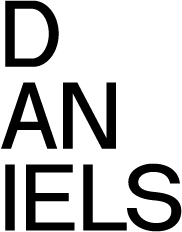
Public, Building, Forms
ARC3018HF (LEC0109)
Instructor: Adrian Phiffer
This thesis studio is concerned with making buildings – specifically, public buildings. Its provocation is that public buildings can neither fully materialize nor stabilize collective intentions. Instead, the studio proposes an exploration that embraces the uncertainty of public forms, the partiality of participation, and the indeterminacy of matter and meaning as a design method in itself.
The term “Forms” is used in the title not to signal a return to formalism or stability, but to interrogate how architectural forms become vessels of shifting meanings, contested publics, and unstable material practices. Here, form is not resolution – it is a site of tension, performativity, and rearticulation. Moreover, the studio contends that there is no contradiction between rigorous formal inquiry and ecological/posthuman dimensions of architecture; rather, their friction is seen as essential to the making of significant public architecture.
Via a series of short exercises (first semester) and a building proposal (second semester), we will test concepts, formats, and methods of architectural ideation. The public building becomes our testing ground to interrogate and challenge disciplinary boundaries, ideological assumptions, and the conventions embedded in current formal, philosophical, and technical paradigms.
Your thesis proposals may explore any program, scale, site, location – but several key questions will guide the work:
- Who defines what is public? Who gets access, and under what conditions?
- How does a building become public, rather than just being labeled as such?
- Can public buildings be instigators of new forms of behaviour, assembly, and discourse?
- Should they be conceptualized as infrastructure (delivering systems, proximities, and spatial logics) or as rhetorics (articulating presence, identity, and distinction)?
- In their context, should they follow the path of exceptionalism or norm?
- Can we challenge the assumption of permanence (in built form and/or use)? Might public buildings be instead conceived as ephemeral, changing depending on how they are used, perceived, and inhabited over time?
And finally, in a society atomized by information saturation, can public buildings retain their social, cultural, and political efficacy?

Image: Thomas Ruff, Bibliothek Eberswalde by Herzog de Meuron, 1999

